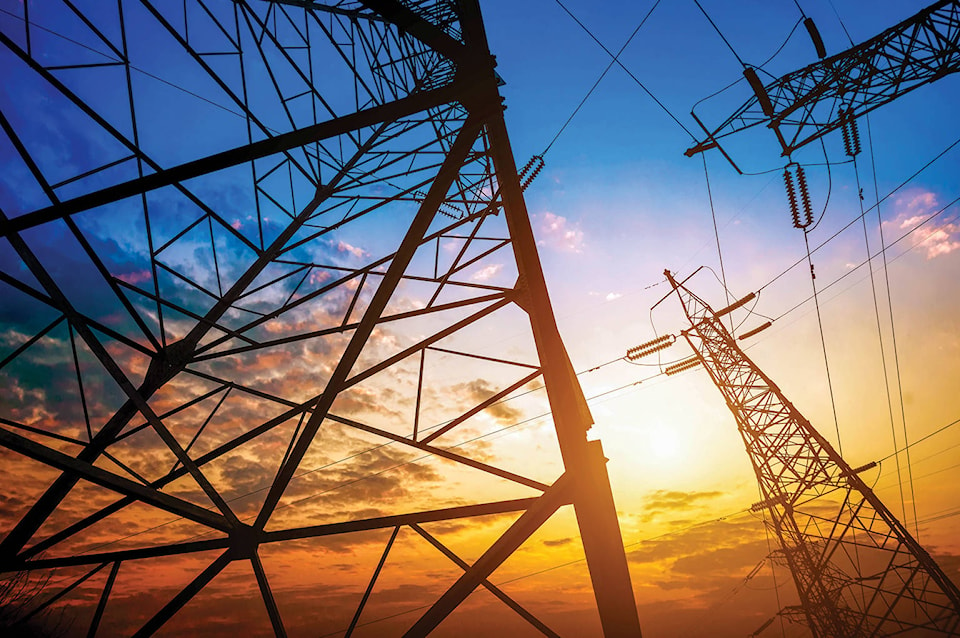BC Hydro had already spent approximately $15 million on planning a new transmission line route between Kitimat and Terrace before deciding that refurbishing the existing line might be less expensive than constructing a new one, indicates information received from the provincial crown corporation.
“The new transmission line route has been surveyed in the field, some existing roads were upgraded to improve stream crossings, and helipads were installed to provide access for design and environmental assessments,” said BC Hydro’s Mora Scott of the money spent.
“The work to date could be useful in the future as a new line could still be required should future electricity demand increase in the area.”
The prospect of a new line was first announced in 2014 with BC Hydro at the time, saying the existing 287 kilovolt line between BC Hydro’s Skeena Substation near Terrace and its Minette substation near Kitimat had come to the end of its useful life.
Planning included surveying a new route down the west side of the Kitimat Valley which, at 48km long, would have been shorter than the existing 59km line which runs down the east side of the valley.
A final budget for the new line and route had not been established but 2016 estimates by BC Hydro placed the cost at anywhere from $100 million to $170 million.
Scott said increasing cost estimates for a new line and route convinced the crown corporation refurbishment of the existing line might be cheaper while still ensuring power reliability.
“The main reasons for the increased cost for the new line are related to design refinement, increased clearing and access requirements, and transmission line construction costs,” she said.
“No specific items led to the increase in environmental costs. Environmental costs generally increased as we continued to refine the scope of the project.”
Scott added that the cost of refurbishment combined with the money spent to date would still likely be less than building a new line over a new route.
A refurbishment project cost has yet to be determined but should be ready within several months, she added.
“It’s anticipated that the refurbishment would include the replacement of some structures and equipment. Some access upgrades and vegetation clearing may also be required to support the refurbishment,” said Scott.
New route planning costs included contracts with First Nations for work on the ground as well as economic benefits agreements.
Scott said First Nations, including the Haisla and the Kitselas, are on the contact list as the refurbishment project moves along.
“We will consult with First Nations in detail on the refurbishment and potential contract opportunities moving forward,” she said.
BC Hydro said a less expensive refurbishment project would also reduce the impact of increased user rates for its customers.
The 2.5 km line from the Minette substation to the Kitimat substation at Rio Tinto’s aluminum smelter is part of the refurbishment project.
